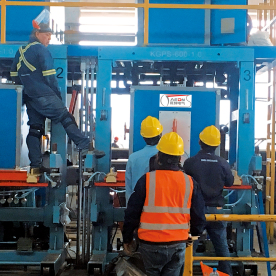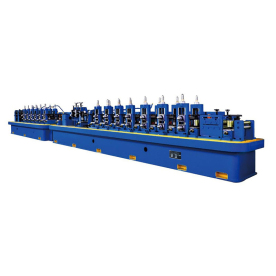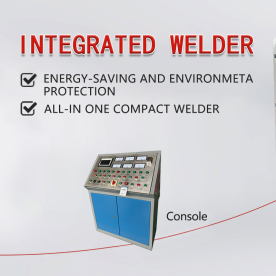[Cold Cutting Saw Machine Replacement Parts]Cold Cutting Saw Machine Replacement Parts: Understanding Importance and Selection Process
News 2025-4-28
In the realm of industrial machinery, cold cutting saw machines are invaluable tools for various cutting applications. Their precision and efficiency are often reliant on the performance of their replacement parts, which are crucial for maintaining optimal performance and extending the lifespan of the saw machine. This article will explore the importance of cold cutting saw machine replacement parts and guide you through the selection process.
The cold cutting saw machine, as the name suggests, operates without using heat to cut through different materials. These machines are subjected to constant wear and tear due to their continuous operation and contact with abrasive materials. As a result, replacement parts play a pivotal role in maintaining the saw machine's performance and preventing any potential downtime.
When selecting replacement parts for your cold cutting saw machine, it's essential to understand that not all parts are created equal. The quality of these parts can vary significantly, which means that choosing low-quality parts can impact the performance of your machine negatively. Conversely, opting for high-quality parts ensures durability, enhanced productivity, and longer lifespan for your saw machine.

Cold Cutting Saw Machine Replacement Parts: Understanding Importance and Selection Process

Cold Cutting Saw Machine Replacement Parts: Understanding Importance and Selection Process
1. Compatibility: Ensure that the replacement parts are compatible with your specific model of cold cutting saw machine. Using incompatible parts can cause operational issues or even damage to your machine.
2. Material Quality: Consider the material the replacement parts are made of. High-quality materials like stainless steel or carbide ensure durability and long-lasting performance.
3. Performance Considerations: Look for parts that offer optimal performance in terms of cutting speed, precision, and ease of use.
4. Brand Reputation: Research the brand or manufacturer of the replacement parts to ensure they have a good reputation in the industry for quality and reliability.
5. Cost-Effectiveness: While cost is always a factor, it's important to strike a balance between cost and quality. While high-quality parts may have a higher upfront cost, they often offer better performance and durability in the long run.
6. Availability: Ensure that the replacement parts are easily available and can be quickly sourced in case of any emergency maintenance requirements.

